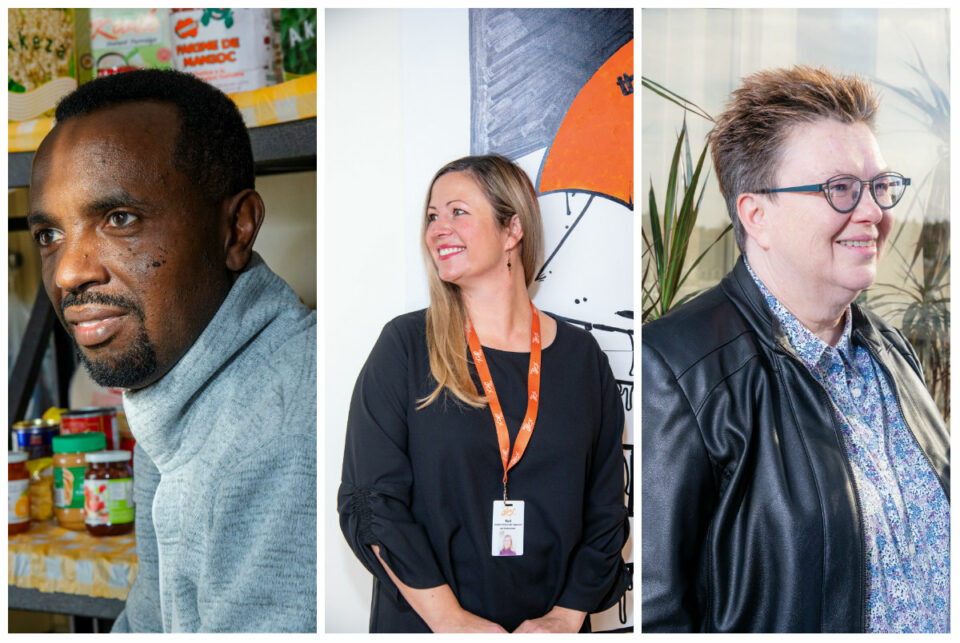Most weekday mornings since the COVID-19 pandemic first hit in March, the Soccer Without Boundaries headquarters has been a hive of (masked and socially distanced) activity. Located in a nondescript townhouse in an affordable housing community in the southwest, the living room and kitchen are full of volunteers packing hampers of vegetables, tinned fish and other foodstuffs, as well as diapers and other supplies. Each hamper is tailored to fit the needs and cultural specifications of the recipients. Shelves and tables are stacked with bags of cassava flour and different varieties of porridge — staples for newcomer families from East and West Africa, who are in need of nourishing and familiar food explains Jean Claude Munyezamu, the group’s founder and executive director.
Before the pandemic, food distribution wasn’t on the menu for Munyezamu — his mandate has always been about building connection through soccer clubs and after-school programs. But as he looked around neighbourhoods like the one where his office is located, Munyezamu saw that his neighbours were facing unemployment and that traditional food distribution centres were either closed or too difficult for people to access without transit. So, Munyezamu shifted gears and by the end of the summer he was sending weekly hampers to 500 families (roughly 1,800 people), and had plans to expand. Since then, the organization has changed its name to Umoja Community Mosaic to better suit the shift in focus.
If there was ever a time that Calgary needed people like Munyezamu and others rushing to meet the needs of our more vulnerable citizens, it’s now. Stories of charities and grassroots organizations springing into action to meet the immediate needs of communities during the pandemic (on top of what has seemed like a never-ending economic downturn since the price of oil dropped in 2014) aren’t uncommon. As the world shifted, seemingly overnight, many Calgarians of means fought pangs of helplessness and dread by opening both their chequebooks and schedules to donate or volunteer, feeling the need to do something.
That altruism in the face of emergency has been helpful — and for most charities every dollar really does count, but individual donations have been a bit of a Band-Aid solution. Current conditions continue to hit most non-profits hard, especially when so many rely on big corporate dollars and flashy in-person events to keep their budgets rolling. And for many charities, the needs they serve have grown in inverse proportion to the decline in corporate gifting.
While the scene at Umoja Community Mosaic is certainly inspiring, even for Munyezamu things are not entirely rosy. He says that despite the community enthusiasm for what he’s doing and a new influx of volunteers, online donations as well as some money from sponsors and funders like Calgary Foundation and United Way, it’s still not enough to meet the demand for food. In order to support local businesses and ensure his clients have culturally specific food, Munyezamu buys from nearby markets rather than relying on in-kind food donations. He’s constantly worried that the funding for his hampers won’t be there the following month.
“Shifting from sport to food was very easy,” Munyezamu says. “I had the people to do it. But the problem is funding — we still have a problem with funding. The money we raised online between March and August is as much as we’ve had over the last 10 years in total. But the need is growing and it isn’t enough.”
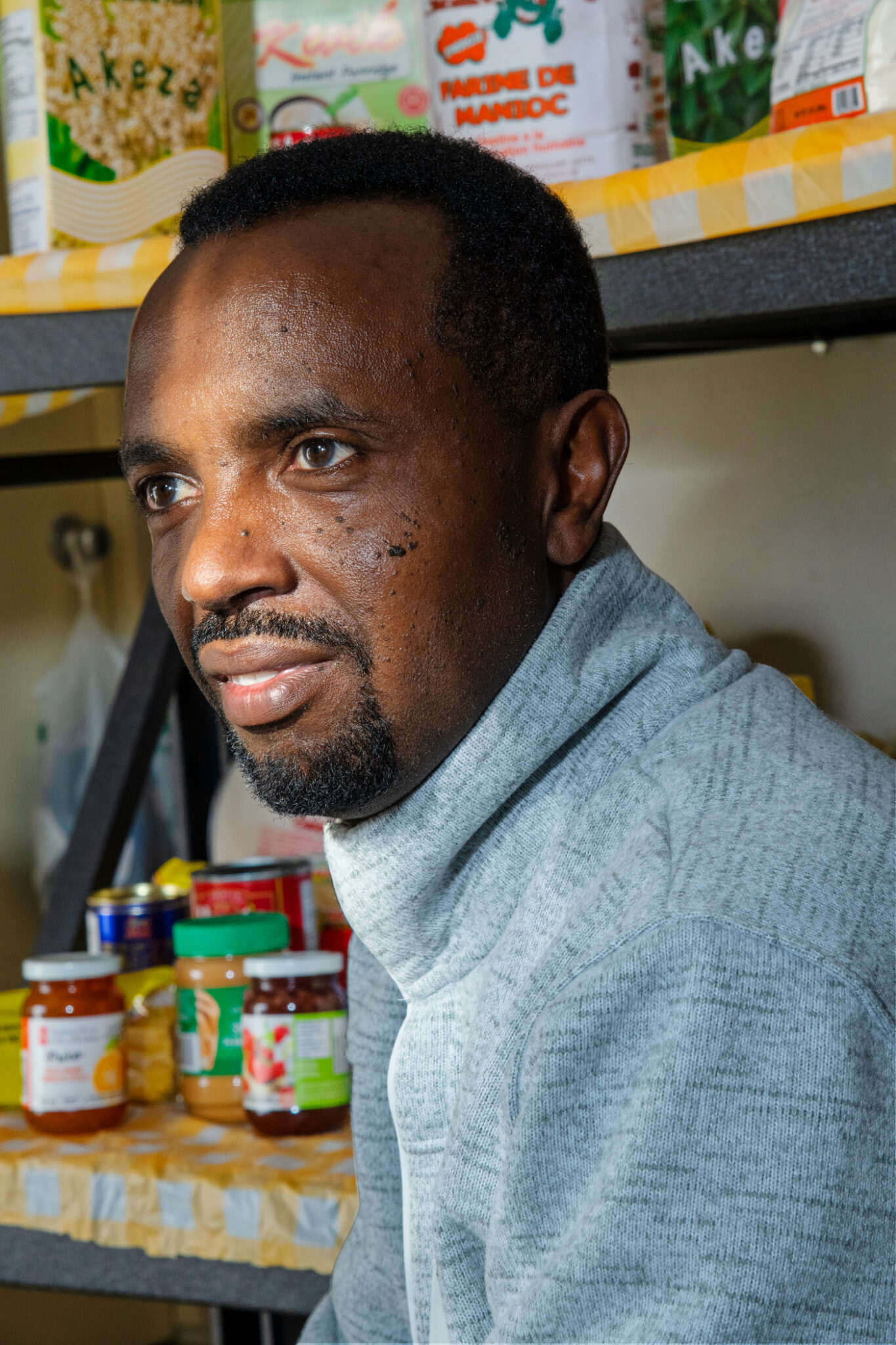
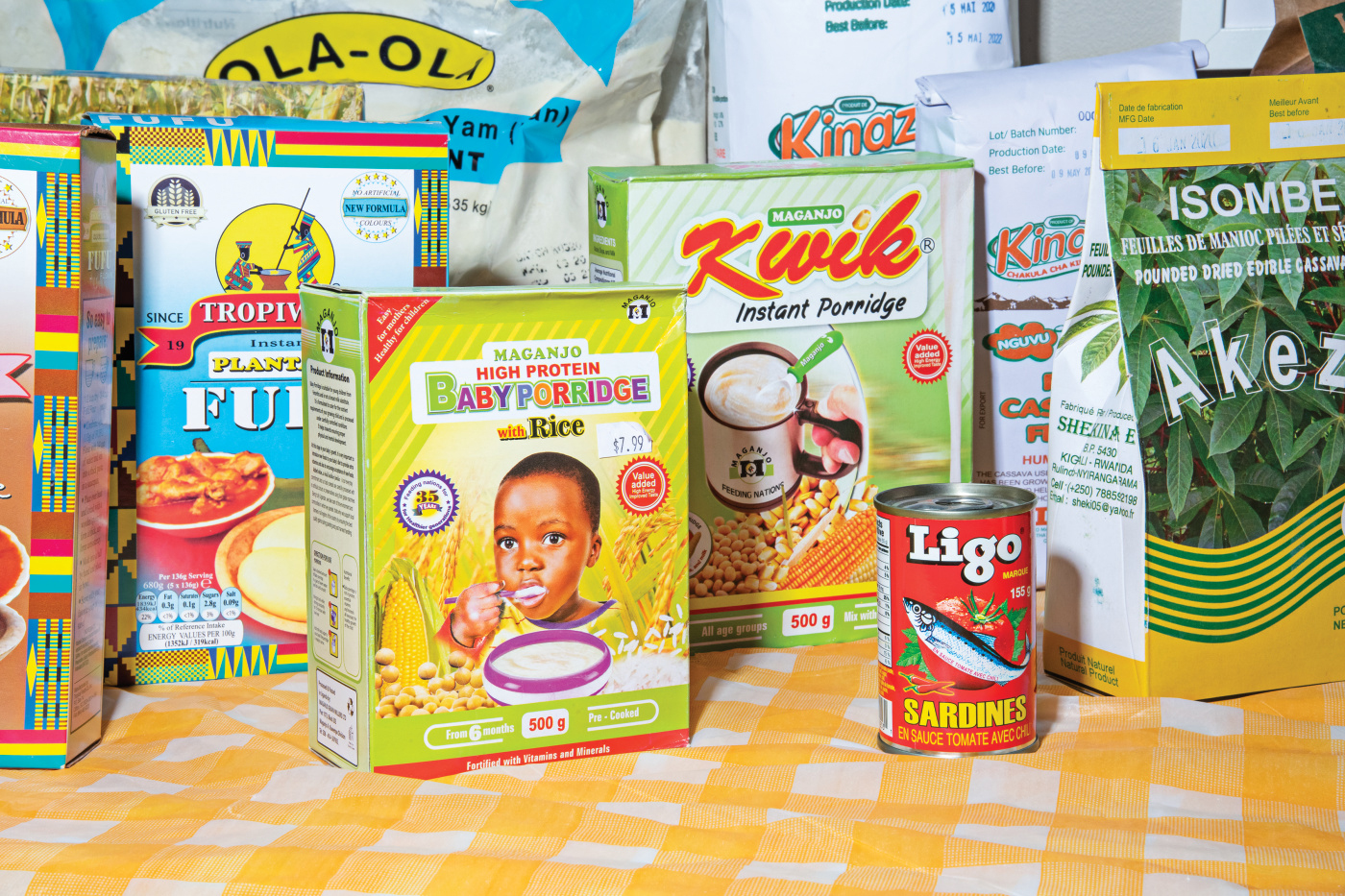
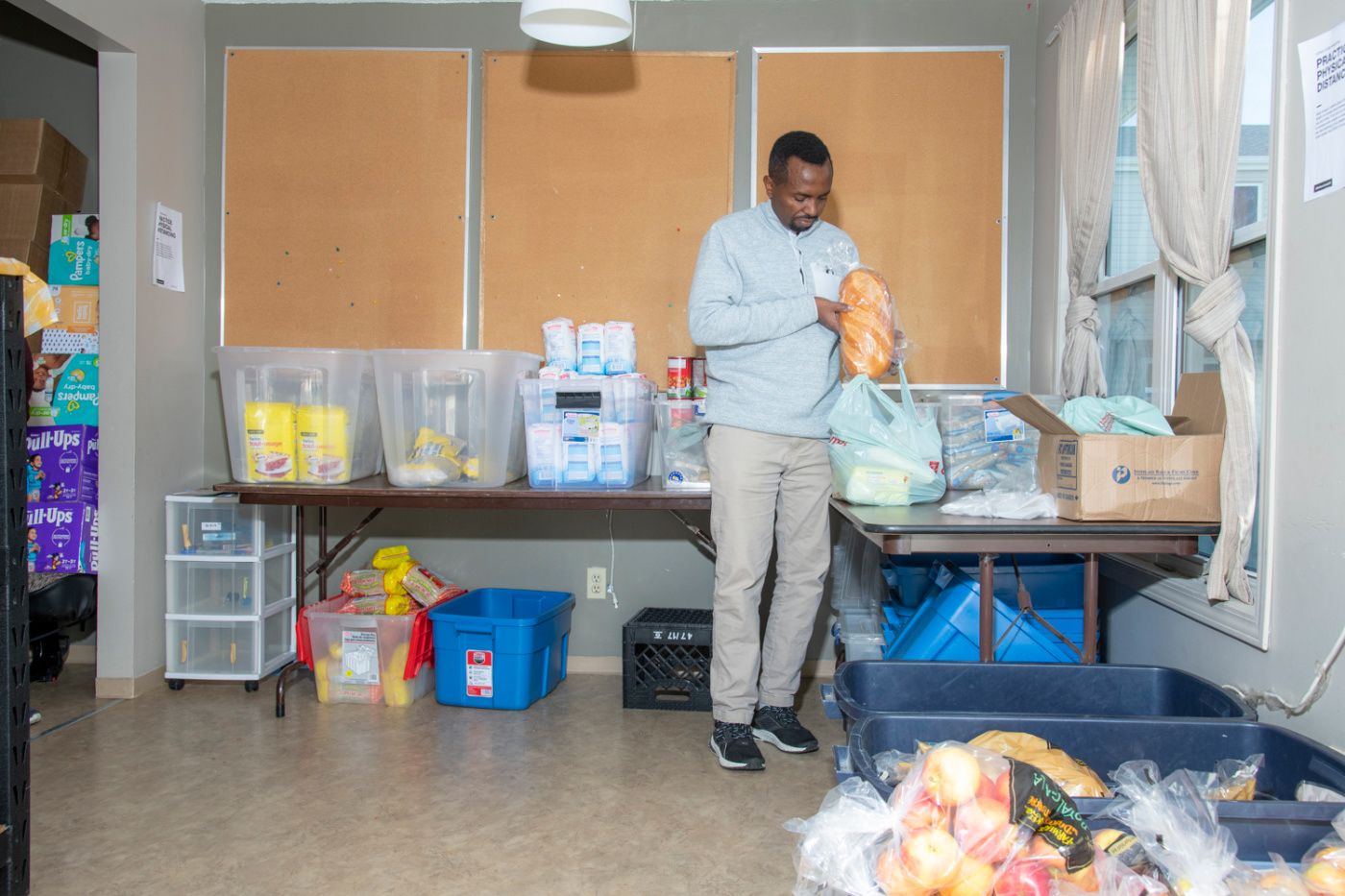
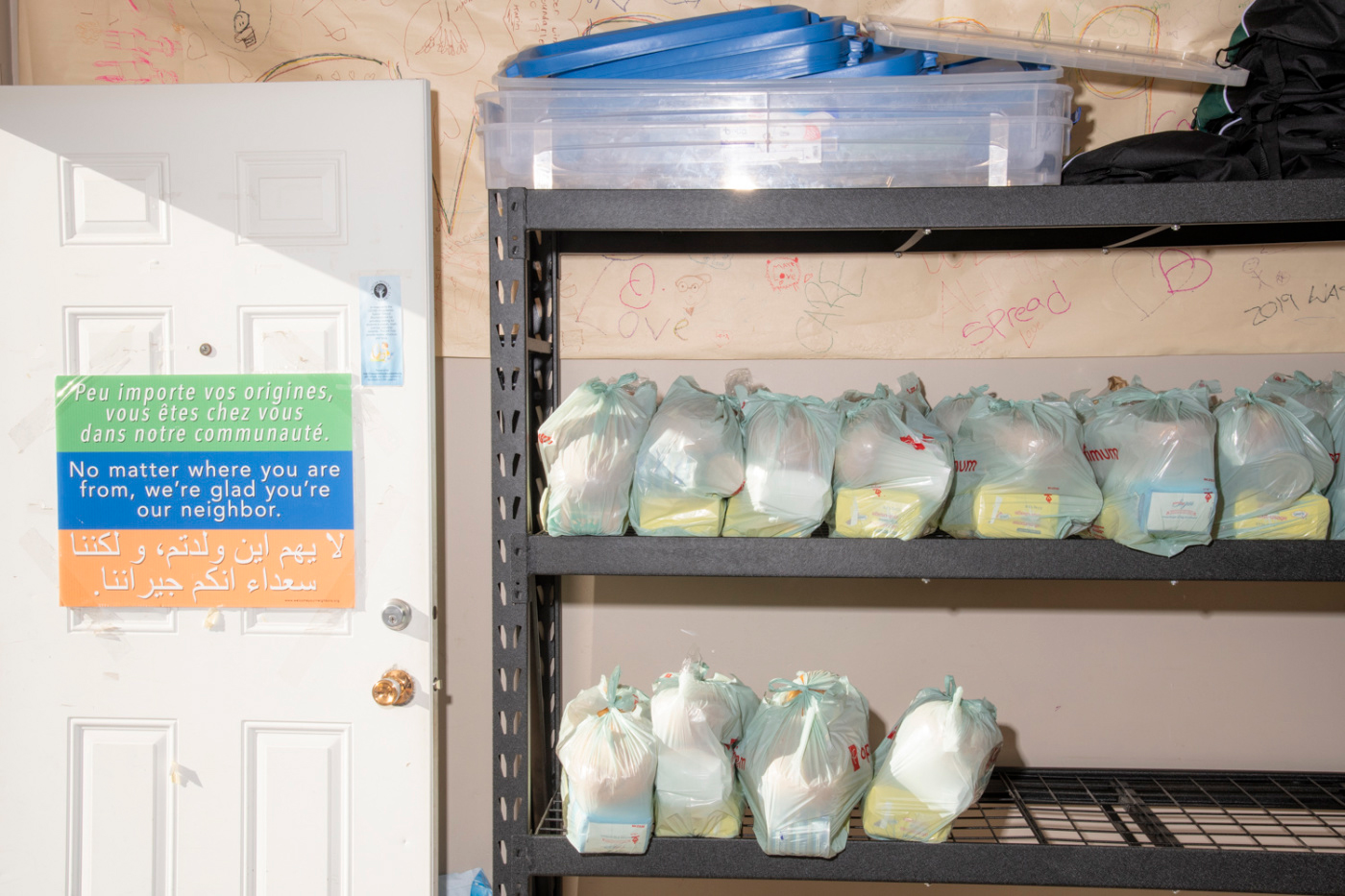
A growing need and a shortfall of funds is a pretty common story for the charitable sector and something many have been struggling with for the last five years of Calgary’s economic downturn, if not longer. But COVID-19 has created a new state of crisis.
Allison Schulz, vice-president of capacity building at Calgary Foundation, says that corporate sponsorships — which typically provide a much more robust and reliable injection of cash than donations from individuals — have been steadily declining since 2015 and big gala dinners and events, which act as marketing events for charities as well as fundraisers, have ground to an understandable halt.
Calgary Foundation works directly with big-ticket donors and hundreds of non-profit and charitable agencies, both by inspiring local philanthropists to give and by offering grants to community organizations. Schulz says the foundation has seen an uptick in the number of donors looking to set up long-term legacy endowments as they contemplate the gravity of the pandemic and other world events, as well as excitement around grassroots projects like Umoja Community Mosaic. However, she says there’s no sugarcoating the fact that most charitable organizations have seen a shortfall in revenue over the last several years, even before COVID-19 factored in.
“When we look at that diversification of revenue, between government grants, philanthropy and corporate sponsorship, we are seeing a decrease overall of what will be available to organizations,” Schulz says. “When there is an excess of demand for services over revenue, charities have to become resourceful. They need to think about how they are going to do things differently, not just to survive, but to focus on their mission and core purpose.”
Different kinds of organizations are experiencing different levels of funding issues. The Alex, a multi-pronged agency that runs a number of initiatives, including a community health centre, housing programs and a community food centre, offers critical frontline services of essential importance to its clients. Tori Wright, The Alex’s director of community engagement and development says that her organization hasn’t seen a serious post-COVID dip in revenue as of yet and that it is also seeing some flexibility from funding partners authorizing money marked for pre-COVID projects to be reallocated for urgent-response measures.
When The Alex could no longer run its mobile health buses during the spring due to the pandemic shutdown, the organization regrouped. The staff across its mobile health buses, as well as the food and social support staff, reorganized and developed emergency social dispatch efforts to connect with 5,000 vulnerable Calgarians over the first three months of the pandemic, delivering 14,500 meals and distributing $77,000 worth of grocery cards. All of that is encouraging, but The Alex is bracing itself for what comes next as the initial shock of the pandemic fades and Calgarians fall into a “new normal” with an even more challenging local economy and limited fundraising opportunities.
“We have seen incredible support from hundreds of community-minded people and generous corporate supporters,” Wright says. “But it’s really that horizon of future fundraising that we have our eye on, beyond the response phase of this pandemic. We can imagine that there’s going to be some impact on the people who have supported us through this time, and we don’t know what the ripple effect will be into the next year and even a couple of years down the road.”
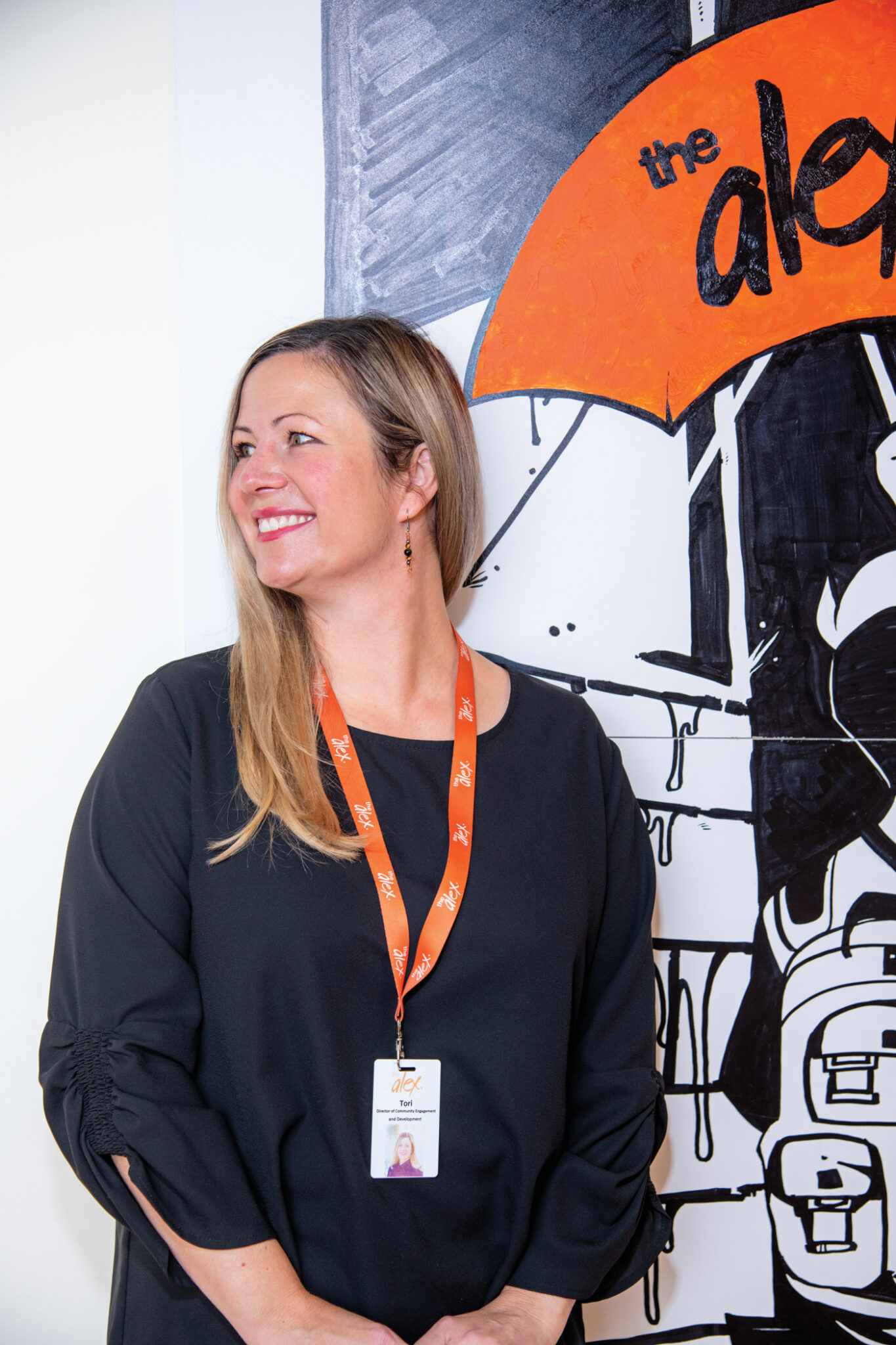
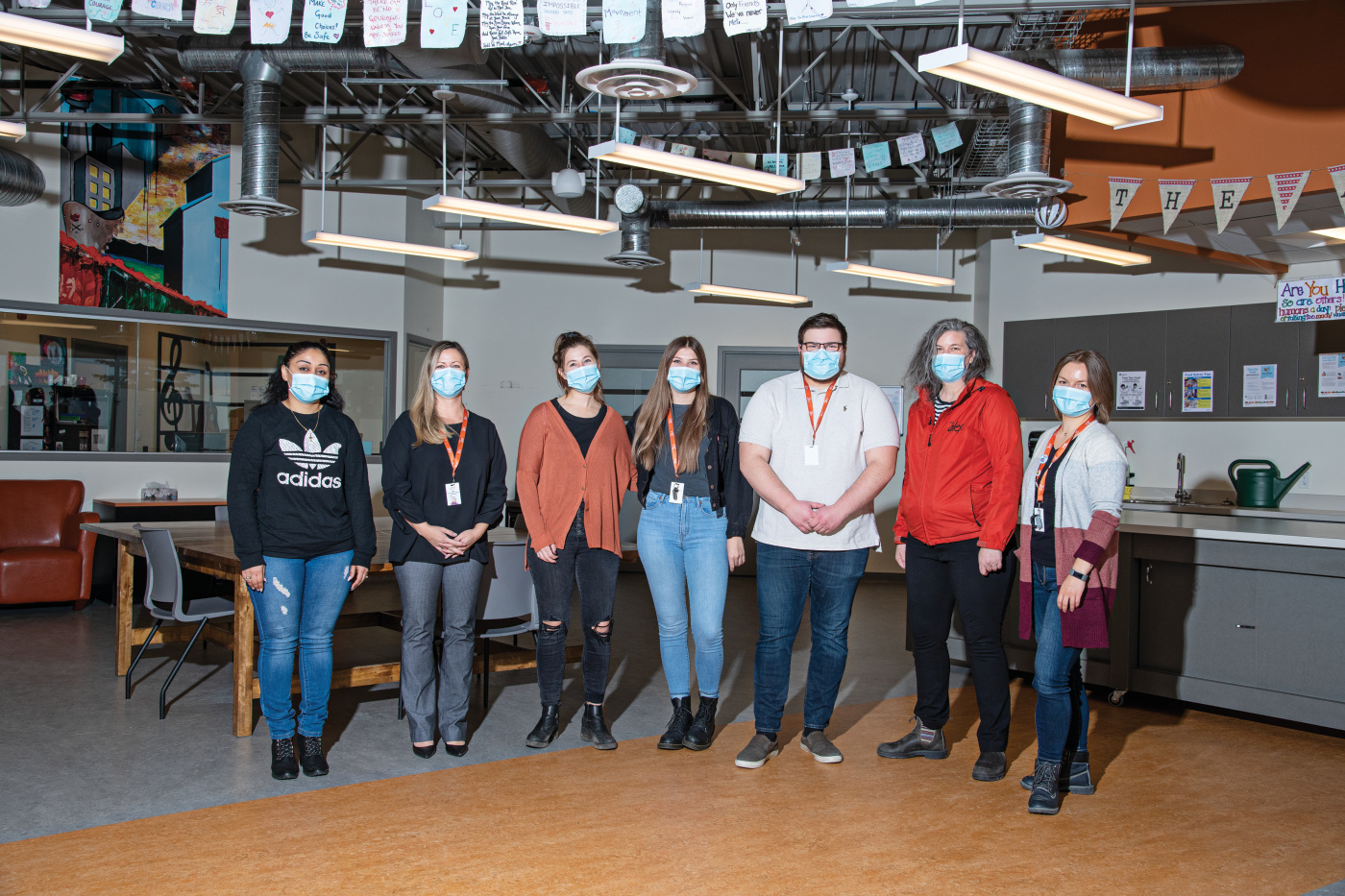
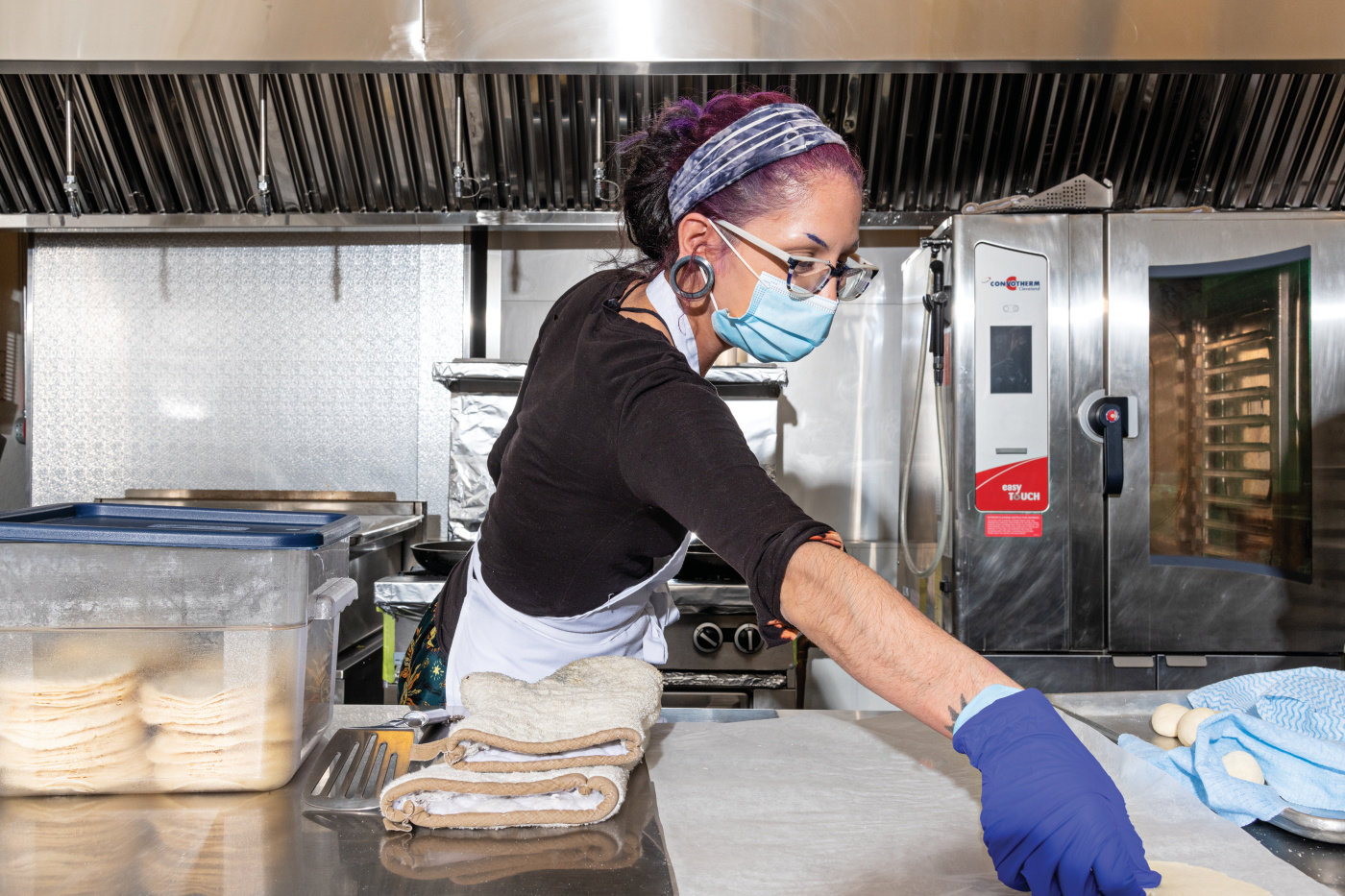
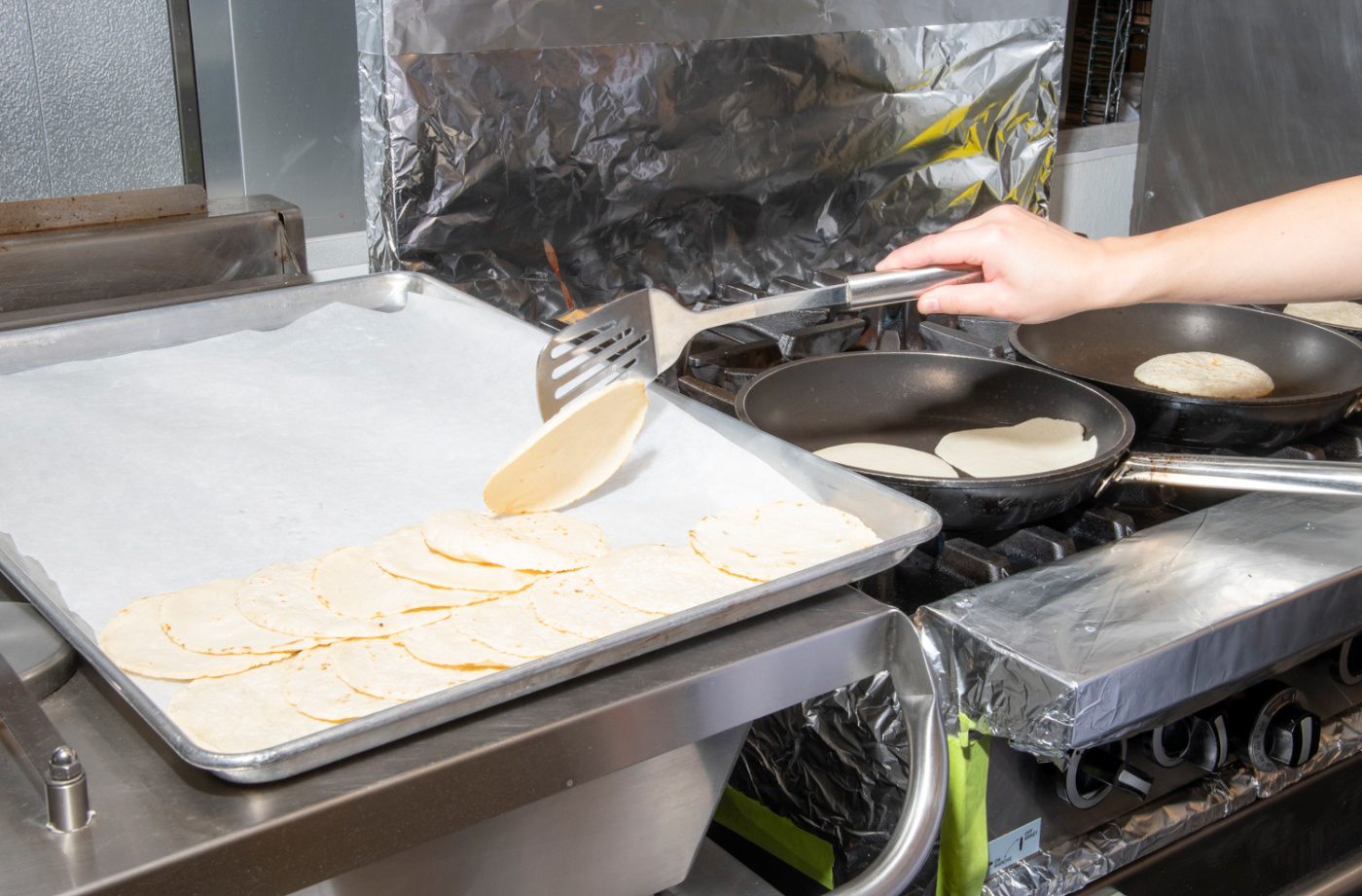
Grassroots and emergency response services are one thing, but Calgary’s arts sector is in a significantly tighter spot. Patti Pon, president and CEO of Calgary Arts Development, says that not-for-profit arts organizations typically rely on a combination of government funding, community fundraising, corporate sponsorships and earned revenue (such as ticket sales) to make ends meet. Calgary Arts Development supports local arts organizations by allocating City funding. While Pon says she’s pleased that Calgary City Council committed to keeping municipal funding in place through an emergency resiliency fund and a doubling of her organization’s base fund in response to the downturn, the other three pieces were already waning before the pandemic.
Although several arts organizations saw a quick uptick in donations in the spring when many patrons chose to donate the ticket cost of cancelled programming back to the organizations rather than accepting a refund, both the sponsorship aspect and tickets sales dropped off immediately as of mid-March. And now arts companies have no ability to plan for future performances.
“Arts was one of the first and most significantly impacted sectors when public gatherings were banned,” Pon says. “Most companies have no real idea of when they can sell a ticket or how they can garner a sponsorship because they don’t know when they’ll be back up and going again. We’re not anticipating that the full recovery of the sector will come until 2022 or even into 2023.”
This is compounded by so many arts organizations building their philanthropy models on performances and other in-person events. Whereas many Calgarians write an annual cheque to the Calgary Food Bank or the Calgary Drop-In & Rehab Centre over the holidays, we’re more likely to support arts organizations by going to a show or gala. These luxuries are the first to be dropped from household budgets during an economic pinch and are impossible to host during a pandemic, in their traditional formats at least.
The other fundraising standby for many non-profits, charity casino revenue, was also already dwindling because of higher demand for the available spots over the course of the downturn. Then with casinos closed for months over the early part of the pandemic, many organizations lost their chance for that revenue entirely this year.
So, what is a charity or non-profit to do? The answer, as with so much that’s happened over the last year, is to pivot.
Just like many local businesses and indeed many families, charities and non-profits are looking at every line item and rethinking how they do what they do.
Pam Krause, president and CEO at the Centre for Sexuality, feels lucky that she was able to squeak in its inaugural ReProm gala fundraiser. The gala, styled as a do-over of high-school prom for LGBTQ2S+ adults and allies, was held in February, a few weeks before most public events were cancelled. But the likelihood of being able to host it again in 2021 seems low. Krause and other non-profits that serve the LGBTQ2S+ community also lost huge fundraising opportunities when Pride celebrations were curtailed this past summer.
But this proved to be an example of where a community was able to get creative. Some events like the Shake, Stir & Strainbow cocktail fundraiser for Skipping Stone (a foundation that supports trans Albertans) and other smaller product and restaurant-based initiatives were able to proceed, while also encouraging supporters to spend their money at struggling local businesses.
Similarly, Krause and her team transformed their annual Pride Brunch into a virtual event. The brunch supports the Centre’s Camp fYrefly, a program for LGBTQ2S+ youth that itself had to take place online this summer. During this year’s fundraiser, supporters watched the programming from home and had the option to purchase a takeout brunch from one of three participating local restaurants. The ticket price (and subsequently, the revenue) was substantially lower than it would have been for the in-person event, but this was partially offset by lower overhead and a greater number of people who could attend without even having to be in the city. Krause said while it wasn’t ideal, in addition to raising some money the brunch did accomplish the goal of raising awareness for Camp fYrefly and the Centre’s other programming.
While many organizations are still figuring out how to make these virtual events work, Krause does think that we may see a permanent shift away from the traditional gala format, even when large-scale events are deemed safe again.
“2021 is when we’ll really be thinking about if we’re all going to jump back on the bandwagon and go back to those 400-people dinners at the Convention Centre. We really need to start thinking about creative ways of doing things,” Krause says. “It’s going to become about being savvy and figuring out ways to gain attention for the needs you have.”
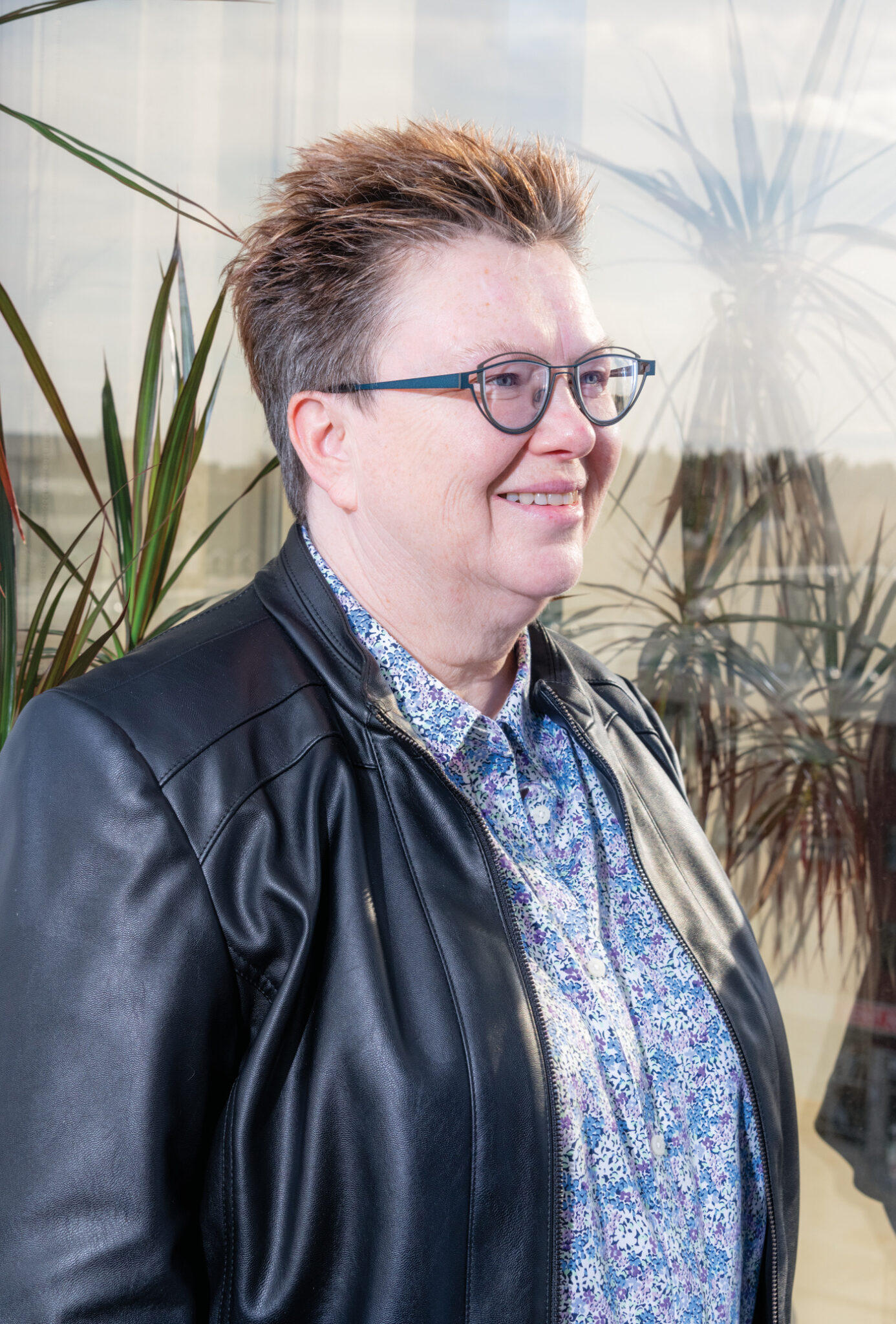
Many working in the charitable sector agree — innovation and the ability to reimagine fundraising is going to be key as we contemplate a new reality. There’s a danger that the novelty of virtual charity events will grow thin before long, but we’ve seen attention-garnering projects, ranging from Wordfest’s 25@25 online festival to the NHL’s wildly successful 50/50 draws over the last few months.
Funders are also trying to do their part: Calgary Foundation developed a COVID-19 recovery fund earlier this year and in the summer Calgary Arts Development introduced its Rise Up platform to help boost arts companies’ efforts to generate revenue.
Artists, frontline workers and events organizers tend to be creative and resourceful, meaning they’re likely to come up with new ideas that work and form corporate partnerships with businesses that have been more resilient during the downturn, while pooling their resources and even merging fundraisers and services to make the most of limited funds. But they also need enough runway to come up with these creative ideas before they disappear. From grassroots organizations like Umoja Community Mosaic to massive charities with multi-million-dollar budgets, they all need support, and as a city and a society, we have to collectively figure out a way to prioritize the services and programming we most value.
“Organizations really have to identify those opportunities to engage people, but in a way that is protecting them and keeping them safe,” Schulz says.
“Between the economy and COVID, we can’t go back to the way things were. That time is gone.”

